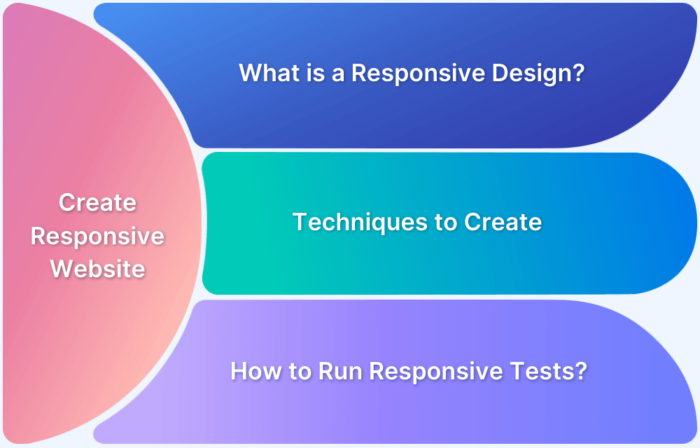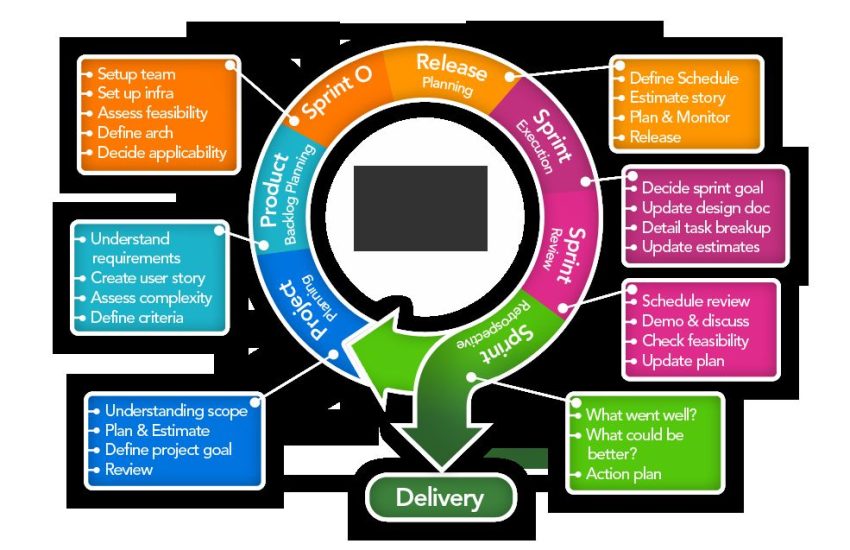How to Make Your Site Fully Responsive and User-Friendly
In today’s digital age, having a website that is fully responsive and user-friendly is essential for success. With more and more people accessing websites on a variety of devices, it’s crucial that your site looks and functions flawlessly across all screen sizes. In this article, we’ll discuss some key strategies for making your site responsive and user-friendly.
1. Start with a Mobile-First Approach
One of the best ways to ensure your site is fully responsive is to design with a mobile-first approach. This means designing your site for the smallest screens first, and then scaling up for larger devices. By starting with mobile, you can ensure that your site is optimized for smaller screens and that it will look great on all devices.
2. Use Responsive Design Principles
When designing your site, make sure to use responsive design principles. This includes using flexible grids and layouts, as well as media queries to adjust the layout based on the device’s screen size. By using responsive design, you can ensure that your site will look great on any device, whether it’s a smartphone, tablet, or desktop computer.
3. Optimize Images and Videos
Images and videos can be a major factor in how quickly your site loads on mobile devices. To ensure your site is user-friendly, make sure to optimize all images and videos for the web. This includes compressing images and videos, as well as using the correct file formats. By optimizing your media files, you can improve your site’s loading time and make it more user-friendly.
4. Test Across Multiple Devices
Once you’ve designed your site to be responsive, it’s crucial to test it across multiple devices. This includes testing on smartphones, tablets, and desktop computers, as well as different browsers. By testing on a variety of devices, you can ensure that your site looks and functions flawlessly across all screen sizes and devices.
5. Focus on User Experience
In addition to making your site responsive, it’s important to focus on the overall user experience. This includes making sure your site is easy to navigate, that all content is easily accessible, and that pages load quickly. By focusing on user experience, you can ensure that visitors have a positive experience on your site and are more likely to return in the future.
6. Implement Mobile-Friendly Features
Lastly, consider implementing mobile-friendly features on your site to improve the user experience. This includes features such as click-to-call buttons, mobile-friendly forms, and easy navigation menus. By adding these features, you can make it easier for users to interact with your site on mobile devices and improve overall user satisfaction.
By following these key strategies, you can make your site fully responsive and user-friendly. In today’s digital world, having a responsive and user-friendly website is essential for attracting and retaining visitors. Implement these strategies on your site today to ensure that it looks and functions flawlessly across all devices.


